Quite a Special Year
2016 was, all around, an odd year. For those of us in America, we learned who our next… interesting president was to be. For the world, 2016 was a year of global political turmoil that was capped off with the assassination of an ambassador. It felt like every week we woke up to the news of another celebrity death, or worse.
But when I think of 2016, I will chose to remember it as the year Blizzard released another spark of magic. They gave us Overwatch. Gaming fans around the world fell in love again. The colors, the sound design, the action; Blizzard hit it out of the park, again.
As difficult as it may be to create such a wonderful game, it is even trickier to open up a new premiere esport title. Somehow, Blizzard appears to to have managed this as well. The esports community across the board, from talent, to players, to tournament organizers, are working double-time to ensure the marriage between Overwatch and esports is a successful one.
To do my part in ensuringthe good fortune of the marriage heading into 2017, I want to recap this year with the traditional rhyme; something old, something new, something borrowed, something blue, and a silver sixpence in her shoe.
Something Old
Shooters are certainly nothing new. From intensely competitive games like Quake, to more lighthearted humor filled examples such as Team Fortress 2, the spectrum has been well explored. However, it was a spectrum yet to be visited by Blizzard. In 2008, it was confirmed that Blizzard was working on a new project, Titan.
Over the years, through various leaks, we learned Titan was going to be another MMO, a genre that Blizzard has dominated with World of Warcraft. The community was told that this MMO, however, would occupy a different space than that of World of Warcraft, and therefore would not be competition. Eventually, Jeff Kaplan clued us in on the fact that Titan was a class-based shooter. Blizzard’s first shooter was in the works.
However, in 2013 many members of the development team for Titan were reportedly moved to other projects such as Heroes of the Storm, and sadly in 2014 the Titan project was ultimately cancelled. Fortunately for us, Blizzard announced Overwatch later that same year.
Overwatch owes its current existence in part to Titan. Certain maps, assets, and concepts were borrowed from Titan and instead given to Overwatch. For example, our favorite Brit, Tracer was created out of the jumper class in Titan.

Titan Concept Art via Blizzard Entertainment
Blizzard took two old things, an old genre and an old game concept, and gave us magic. The last report we were given in October of 2016 had the playerbase for Overwatch at 20 million strong. Looking at the price of the game and the number of boxes I alone have bought, it seems that sales for Overwatch could be bringing in hundreds of millions of dollars for Blizzard. No small chunk of change.
Along with being a success in the general sense, Overwatch has already made serious impact on the esports community. Having already handed out more prize money than Super Smash Brothers Melee has in its double-digit years as an esport, the game is attracting major organizations who are putting teams in houses and pairing them with coaches. Major League Gaming, Electronic Sports League, and even OnGameNet have already run large-scale tournaments for the game and attracted international competition.
For some reason certain members of other games communities seem to find enjoyment in downplaying the success of Overwatch both as a game and as an esport. However for being just one year into it’s life Overwatch has undeniably been a success and I hope will continue to impress.
Something New
Something that constantly amazes me within esports is the fact that the second you think you understand the meta of a title, someone breaks it wide open. Sometimes the meta is forced to adapt to game changes brought on by the developers, but the most interesting changes are brought about by player innovation. Overwatch has seen rapid meta shifts in the seven months since it’s official release, which brings us to the second part of our rhyme: metas new.
One of the more annoying metas was the reign of the pre-nerf Widowmaker. Skilled Widow players ran rampant, as they were able to eliminate players with ease and open windows of opportunity for their allies to capitalize on. The duel between each team’s sniper often decided the victor of the fight due to the firepower superiority one team would hold. After her nerfs, Widowmaker saw a significant drop in her play rates, but she has recently begun to come back into the fray as a pocket pick for some players.
Another aggravating meta was before the one hero limit rule was formally enacted. This was one of the best rule changes Blizzard has made to Overwatch as an esport so far, and it ended the hero stacking meta. Double Winston, both equipped with pre-nerf 1,000 health shields, supported by double Lucio, and the ridiculously obnoxious double Tracer tag team – This was the meta in which Cloud9 famously thrived, and have since never quite hit the same stride.

Pharah via Blizzard Entertainment
Some time after the one hero rule ended, we began to see Pharah and Mercy define a new meta. The infamous PharMercy combo provided huge aerial threat and had to be dealt with. The Pharah with damage boost was capable of shredding teams apart, while Mercy was guaranteed to have Ressurection available to save her allies if she wasn’t the first one to die. This combination ran rampant and was a significant contributing factor to Team EnVyUs’s online rampage, as Talespin and Chipshajen dominated the skies. Howeve, this meta was taken down by buffs to alternate picks. McCree was given a rail gun and given the ability to remove the duo from the sky with ease. Meanwhile, Ana’s introduction to the game and Zenyatta’s buffs meant that Mercy fell to the side as a less viable support option.
So far, we’ve covered metas that were taken down by patch changes, but Overwatch saw it’s share of new innovation. Right before the Overwatch Open, Ninjas in Pyjamas showed the world the first iteration of the tank meta. Fueled by Nano Boosted Reinhardts and Hymzi’s consistent Roadhog picks, NiP tore through all the foes they faced leading up to the Overwatch Open.
In direct counter to the tank problem, Misfits brought out a new team composition featuring Mei and Reaper. Mei was capable of stopping the vulnerable enemy tanks in their tracks with walls and freezes, while Reaper provided ample damage to shred them apart. When a Nano Boost was added in, we found ourselves in the Beyblade meta, in which team coordination around buff timing was king. It became critical to speed boost, Zarya bubble, and Nano Boost your Reaper in sync to allow his Death Blossom to win you teamfights.
The Beyblade meta ran rampant for quite some time, but its lifespan was not to be infinite as Blizzard released the abomination of hyper-buffed D.Va upon the world. D.Va is capable of blocking entire Reaper ultimates and is the only tank that can reliably take on Reaper in a one-on-one scenario. Her buffs heralded in a new era of the tank meta, once again propped up by Ana and her Nano Boost. As the year comes to an end, we have been able to see a ray of hope, as both the Misfits and LuxuryWatch Red appear to be innovating a counter to the tank meta with their dive-heavy compositions.
Thoughout this entire section, I’ve barely even scratched the surface of the strategic depth that Overwatch saw this year. The professional players kept finding new ways to play the game, and this will only continue as we all keep learning about Overwatch. All we can guarantee, is that once again we’ll discover metas new.
Something Borrowed
It’s not uncommon for some of the most prolific talent within an esport scene to be homegrown. Look at Anders and Semmler in Counter-Strike: Global Offensive or Jatt and Kobe in League of Legends, whose names are almost ubiquitous with the games they cast. They are integral to the scene and have been there since the grassroots phases. Of course, players can also have deep roots within one scene. When considering players, think of GeT_RiGhT or Dyrus and the celebrity status they enjoy.
So far in Overwatch, we’ve been blessed to enjoy the presence of talent who have been toiling away since the beta. On the casting side, we have names like ZP and Hexagrams. Streamers like Seagull and TimTheTatman have found eager audiences, while content creators such as Flame and Sideshow are putting out fantastic material for our consumption.
We truly are blessed to have such wonderful talent within the scene. However, we would be doing injustice to their work if we ignored the talent Overwatch borrowed this year. And hopefully, we are borrowing some of the talent permanently.
Just some old friends hanging out and chatting about @PlayOverwatch… 😉 pic.twitter.com/wQwHK5yl3m
— Rachel ⛄ NJ (@SeltzerPlease) November 5, 2016
A slew of talent has come to Overwatch. Just to name a few among the many, there are the ESL casters Deman and Jasan Kaplan, the OGN duo of Montecristo and DoA, and the fantastic hosts Rachel “Seltzer” and Goldenboy. This isn’t to discredit the grassroot talent, but Overwatch needed more broadcast-ready talent and the scene was fortunate enough to enjoy the skills of these seasoned professionals.
Beyond the broadcast talent, Overwatch has even borrowed players. Reinforce was once involved in CS:GO, which gave us the now infamous drink spilling story. Internethulk played in a wide range of games, from Starcraft 2 to Call of Duty, before finding his new home in Overwatch. In a press conference at Blizzcon, the South Korean coach and support player Tairong remarked on how many Korean semi-pro and amatuer League of Legends players were coming to Overwatch in an effort to make it as a pro, among those are notable names such as Gamsu and Luna.
For now it seems that Overwatch has borrowed a massive amount of talent, both in on-air personalities and players. However, I hope their stays become permanent, in which case we really can’t call them borrowed. Perhaps it is a good time to remember the incredible timing at which Overwatch was released. It has been a couple of years since a new premiere esport title has risen to the surface. There was a talent vacuum that Overwatch has filled, and perhaps this “borrowed” talent will push the game over the edge.
Something Blue
It’s hard to argue that this year was not dominated by Team EnVyUs. Their win streak online was well over 50 matches without a single loss, and it generated an incredible amount of hype around the roster. However, they failed to live up to their expectations and did not win the first two LAN events that they attended.
At one point being accused of just being an online team, EnVyUs was looking for its first LAN title in Overwatch. The team got its third shot in Korea in the inaugural OGN Apex league. Their chances were looking slim after the group stage, when it was announced that they would be on the same side of the bracket as both Rogue and Luantic-Hai. However, the stars aligned for EnVyUs; the meta fell into place, Mickie was a D.Va god, and their foes failed to live up to their expectations. In dominant fashion, EnVyUs took the finals 4-0 over Afreeca Blue to claim their first championship.
Just over two weeks later, EnVyUs players found themselves at MLG Vegas, which they also won in dominant fashion. EnVyUs dropped just a single map the entire tournament and didn’t concede a single point to FaZe Clan in the finals. It seemed easy for the squad, as they claimed their second major title to end the year.
When we look at EnVyUs’ year in context, we can see how insane their performance was. At both LANs they didn’t win, they only lost to the tournament champions, and made deep runs at both events. They were consistently threats to every team they faced, even in losses.
The other argument you could have made for team of the year would have been Rogue before their roster swaps. The championship roster took both the Atlantic Showdown and the APAC Premiere. APAC was nearly as stacked as the Apex league, while the Atlantic Showdown was arguably a tougher tournament than MLG Vegas. What pushes EnVyUs over Rogue for me, however, is their consistency.
EnVyUs held a 92 percent win rate over the course of the year, whereas Rogue held roughly a 75 percent win rate. This was in large part due to the versatility of players such as Chipshajen, Internethulk, and Harryhook, who in different metas have played different roles or styles for EnVyUs. It meant that, with a little luck, they were more meta-resilient than Rogue.
As such, we have our something blue. Rather six somethings. The boys in blue: Team EnVyUs.
And a Silver Sixpence in Her Shoe
In the traditional wedding rhyme, the sixpence was a symbol of prosperity for the future. Luckily for all of us, Overwatch has such symbols of prosperity. With the announcements of both new heroes and maps on the way, the game will be kept fresh and hopefully continue to attract new players. As far as the esport side goes, the Overwatch League by all appearances seems leaps ahead of current competitive models. The stability Blizzard’s proposed system seems to give can only be a good omen for the future of the esport.
2016 was a good year for Overwatch. Here’s hoping for a great 2017.
What was your favorite Overwatch moment from 2016? Comment below or tweet your answer to us @GAMURScom or @GAMURS_OW.
GGs and have a happy New Year everyone, Elbion
Follow the Author: @ElbionTosscoble


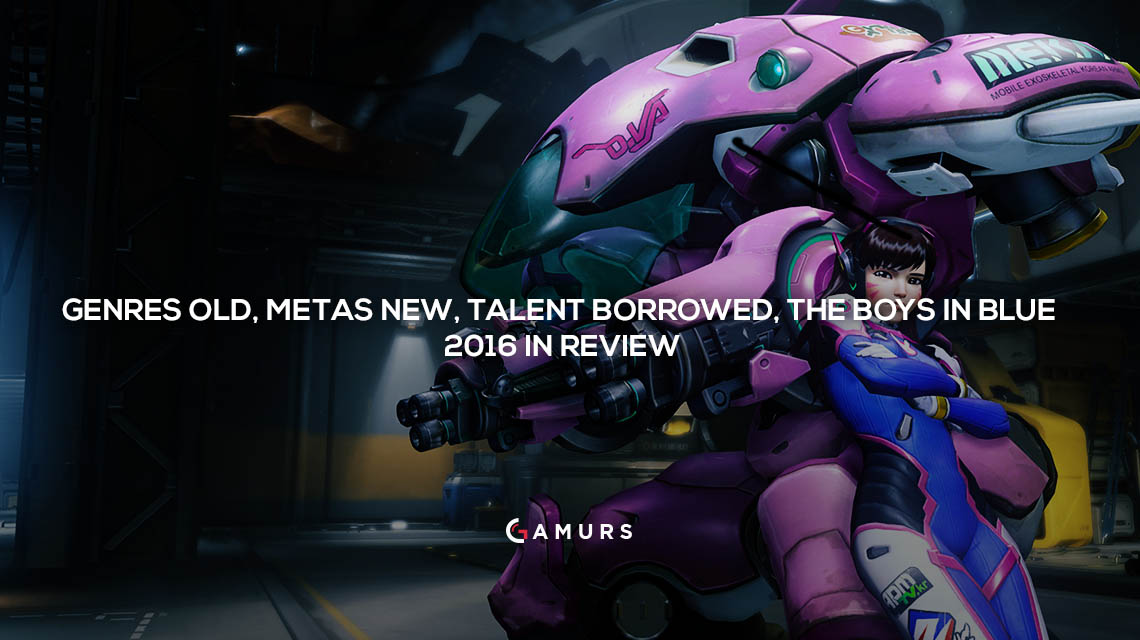
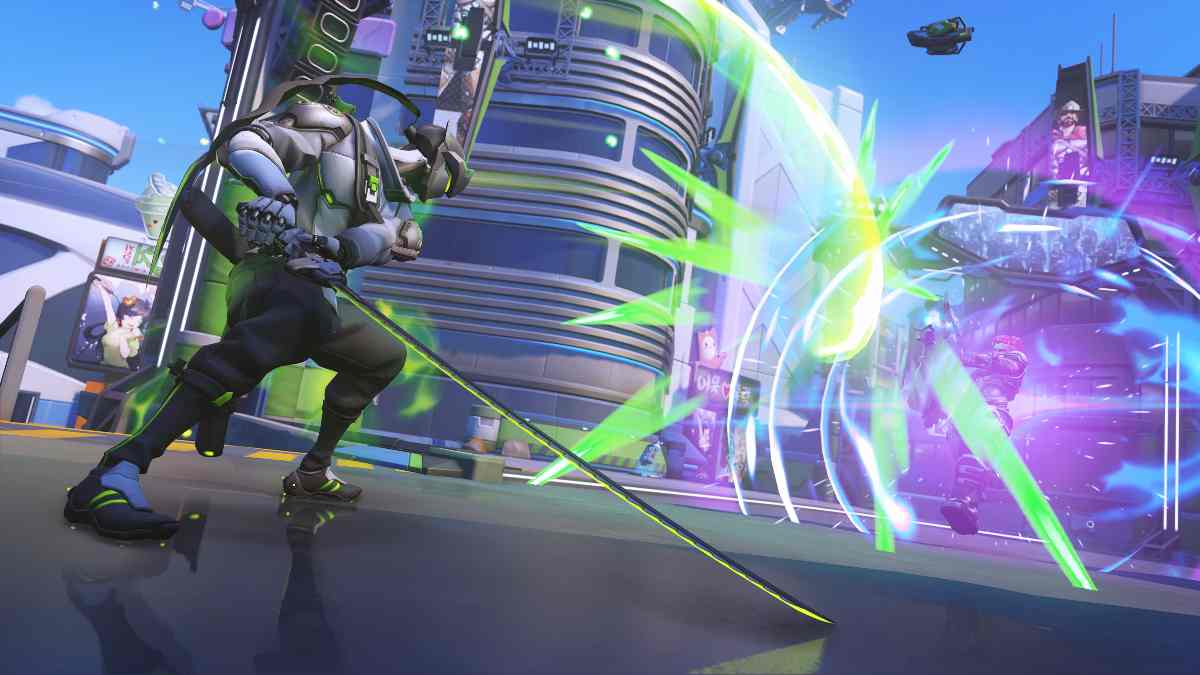
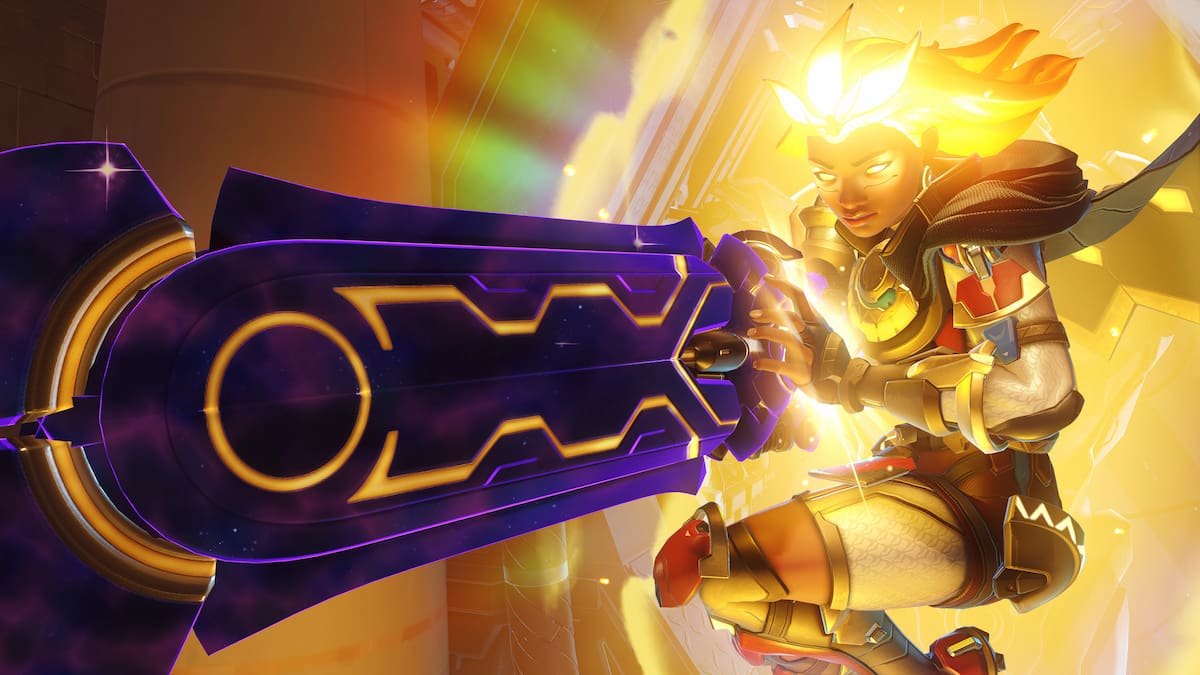
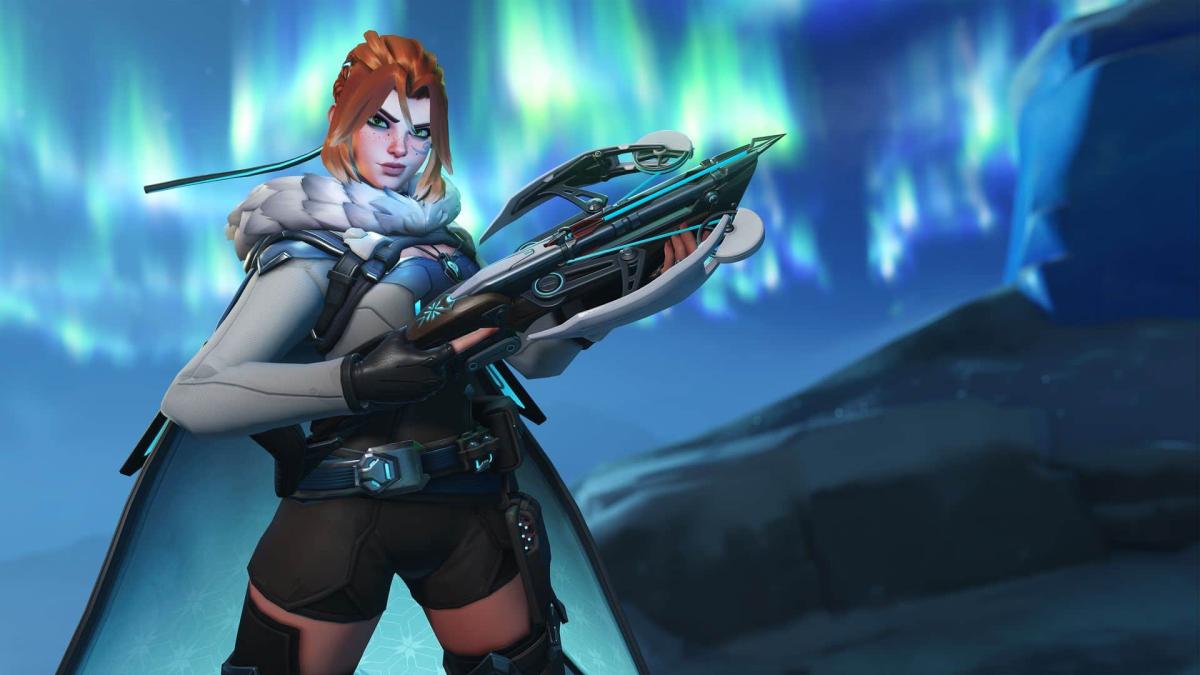
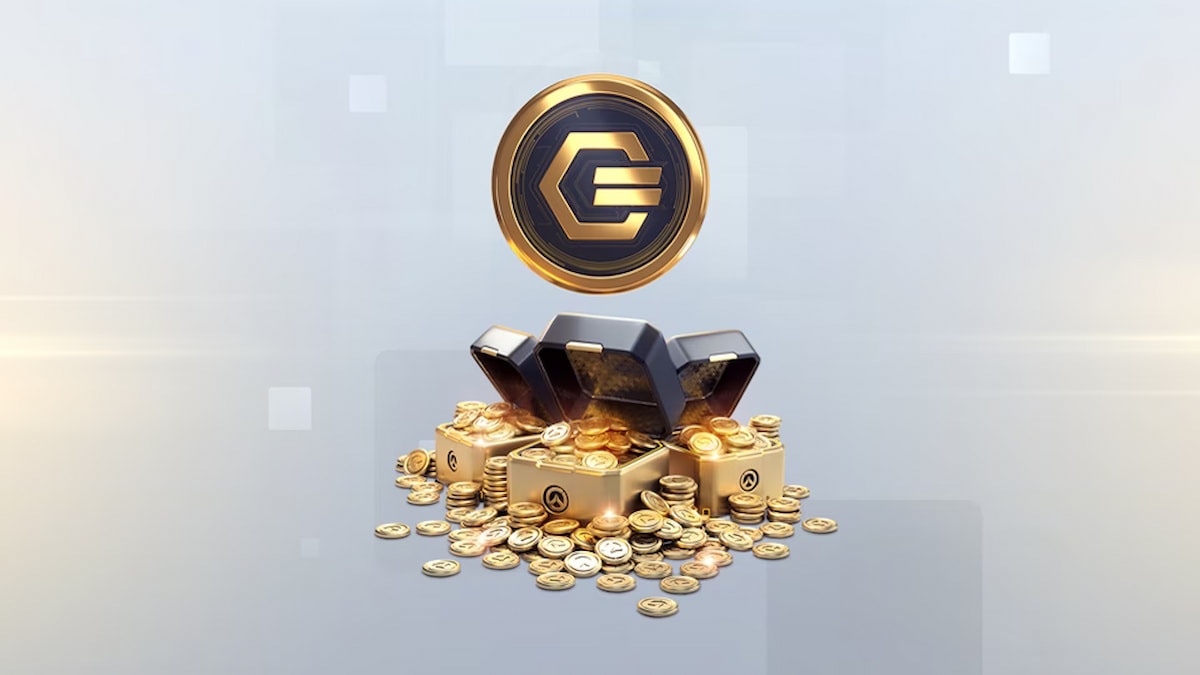
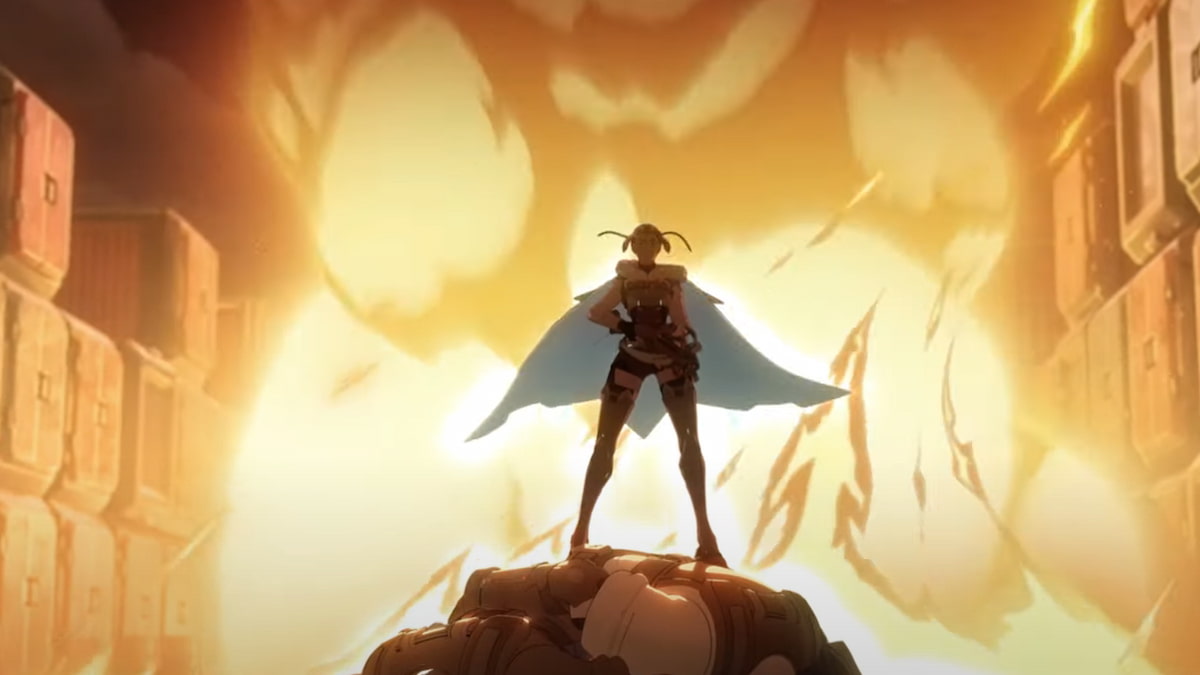
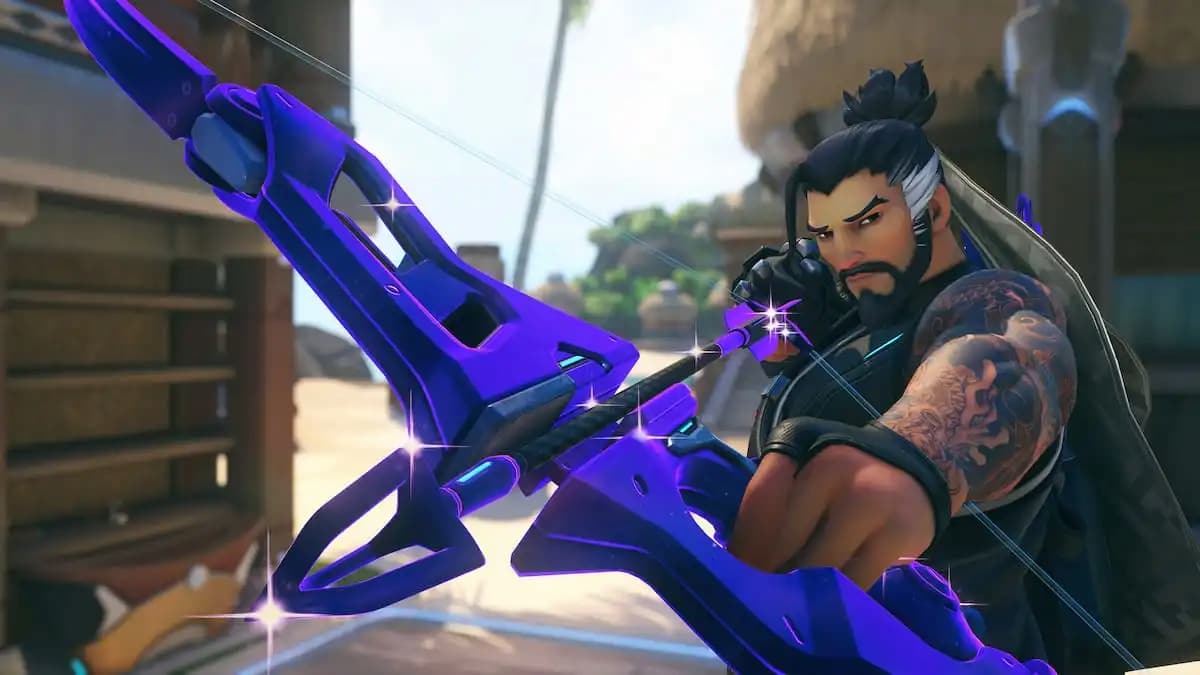
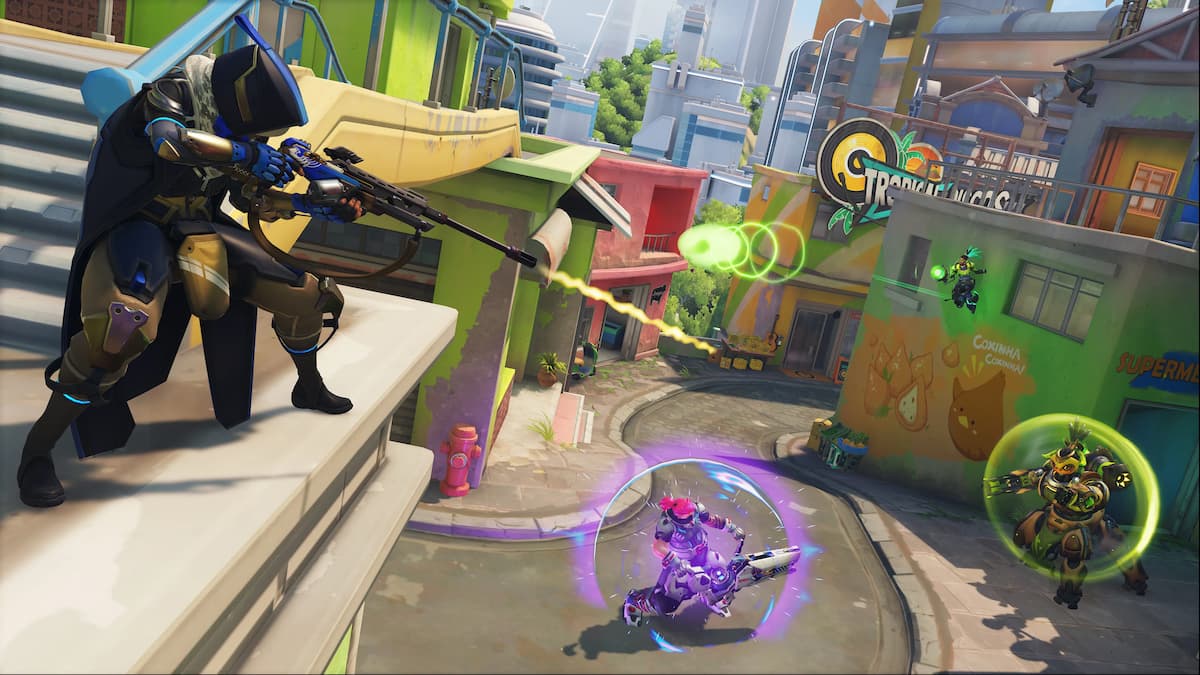
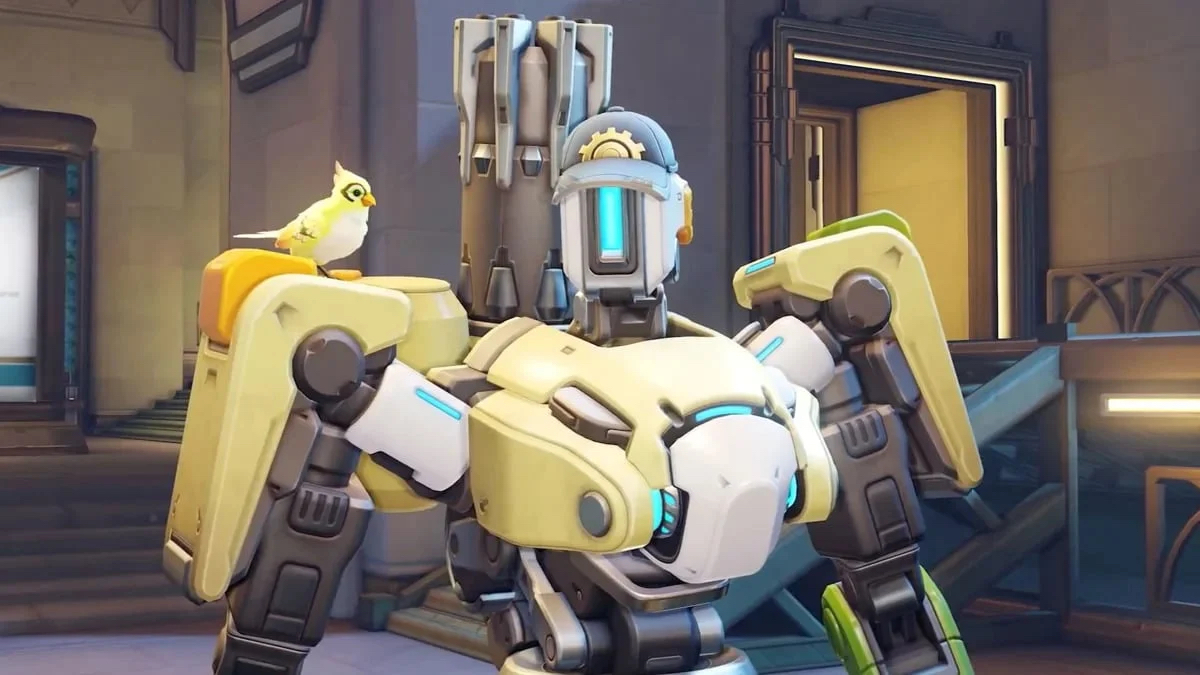
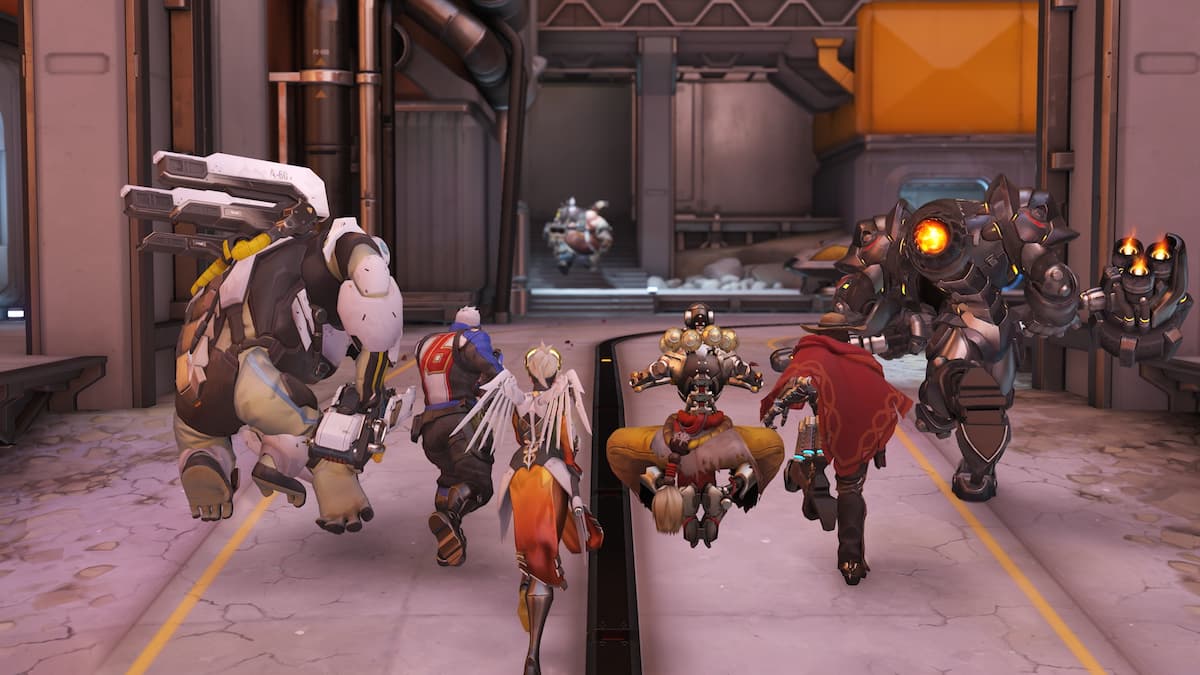
Published: Dec 29, 2016 02:46 pm